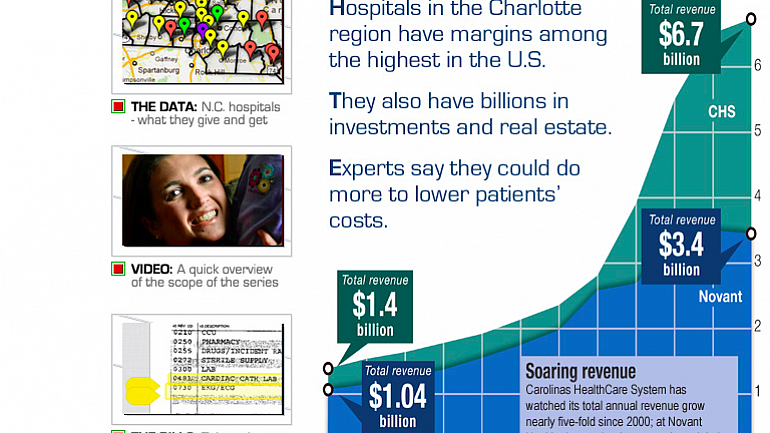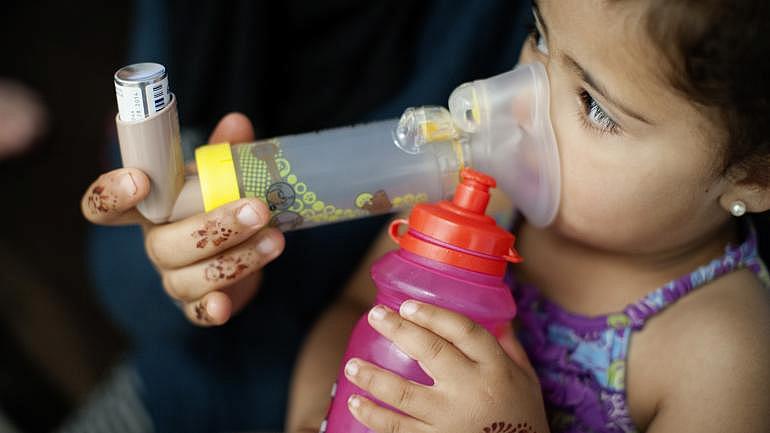Top Five Reporting on Health Lessons from the Field for 2013

(JD Handcock/ Flickr)
At Reporting on Health, we’re passionate about fostering excellent health and medical journalism. We exist to provoke conversations about reporting, blogging, and storytelling, and our website enables members to swap ideas, showcase their work and benefit from our resources like “Lessons from the Field, first-person accounts or essays of how a difficult subject was tackled.
Our original contributors have written about topics that vary from compounding pharmacies and pesticides and neuroscience to dealing with scant data and children and health care reform.
Do you have a story or blog post you’d like to share with the Reporting on Health community? If so, please write us at editor@reportingonhealth.org.
These lessons include essays on “Topics in Health,” which offer overviews of key issues, and “Craft” essays that present "how-to-do-it" tips from top reporters -- all written exclusively for us. We’ve assembled some favorites from 2013 with the aim of giving you fresh reporting ideas. We hope these accounts of how reporters across the country got the stories, sources and subjects give you fodder for covering your own communities in a new way.
1) Damning science raises new concerns about foul air
Air pollution's link to asthma, heart disease, lung cancer, and shorter lives is not new, but few have given much thought to its effect on the brain. Riverside Press Enterprise reporter David Danelski examined research from one of the most polluted places – Mexico City – to shed new light on what might be happening to people’s brains in highly polluted areas. Photo Credit: Sam Lim / Riverside Press Enterprise
His extensive series, Air of Risk, a Lucile Packard Foundation for Children’s Health Journalism Fund project, also looked at the battle being waged between agencies and people who want to protect the Inland Southern California population from air pollution and those who see jobs in the logistics industry (think diesel trucks, sooty railcars, etc.) as salvation for a region where the economy was decimated by the recession.
2) Investigating alleged medical neglect in U.S. prisons

Sandra Hausman, Virginia Public Radio bureau chief, examined accusations of medical neglect in Virginia jails and prisons. She offers tips for how to tell prisoners’ stories (a particular challenge for a radio reporter) and other suggestions for shedding light on this hidden world.
3) How Nonprofit Hospitals Can Profit – Handsomely

The reporters explain how they answered those questions, got the side of the industry and found patients. They also demonstrate how the series solicited a response from both state and federal policymakers and increased the pressure for change.
4) Medical Malpractice: Scant Discipline for Patient Injury, Death in Wisconsin
Photo Credit: M.P. King/State Journal
Wahlberg addresses the challenges of personalizing the stories of patients harmed by doctors and spells out other sources that augmented the information kept by the state’s medical board. This essay describes the impact such an investigation can have: at its first meeting after the series ran, the Wisconsin Board of Medical Examiners talked about needed changes -- including more resources and training for members and staff.
5) Multimedia Journalism: How to produce visual and audio elements for a story
Photo Credit: Allison Yin
Yin explains being sensitive to patients and families while dealing with microphones and cameras; making sure you get the right content to present a complete multimedia story; and the importance of portraying the story the way it wants to be told, not the way you want to tell it.

